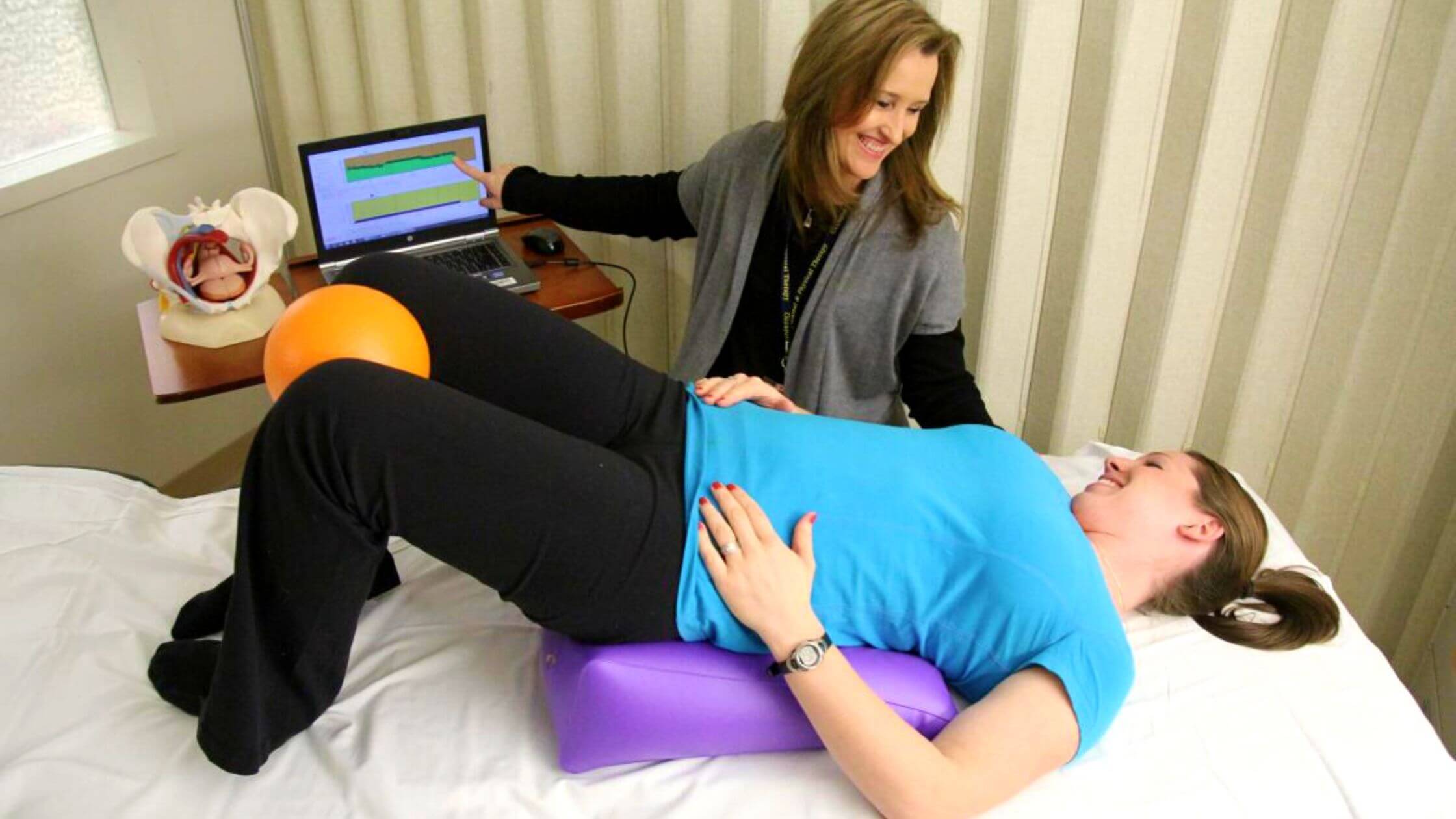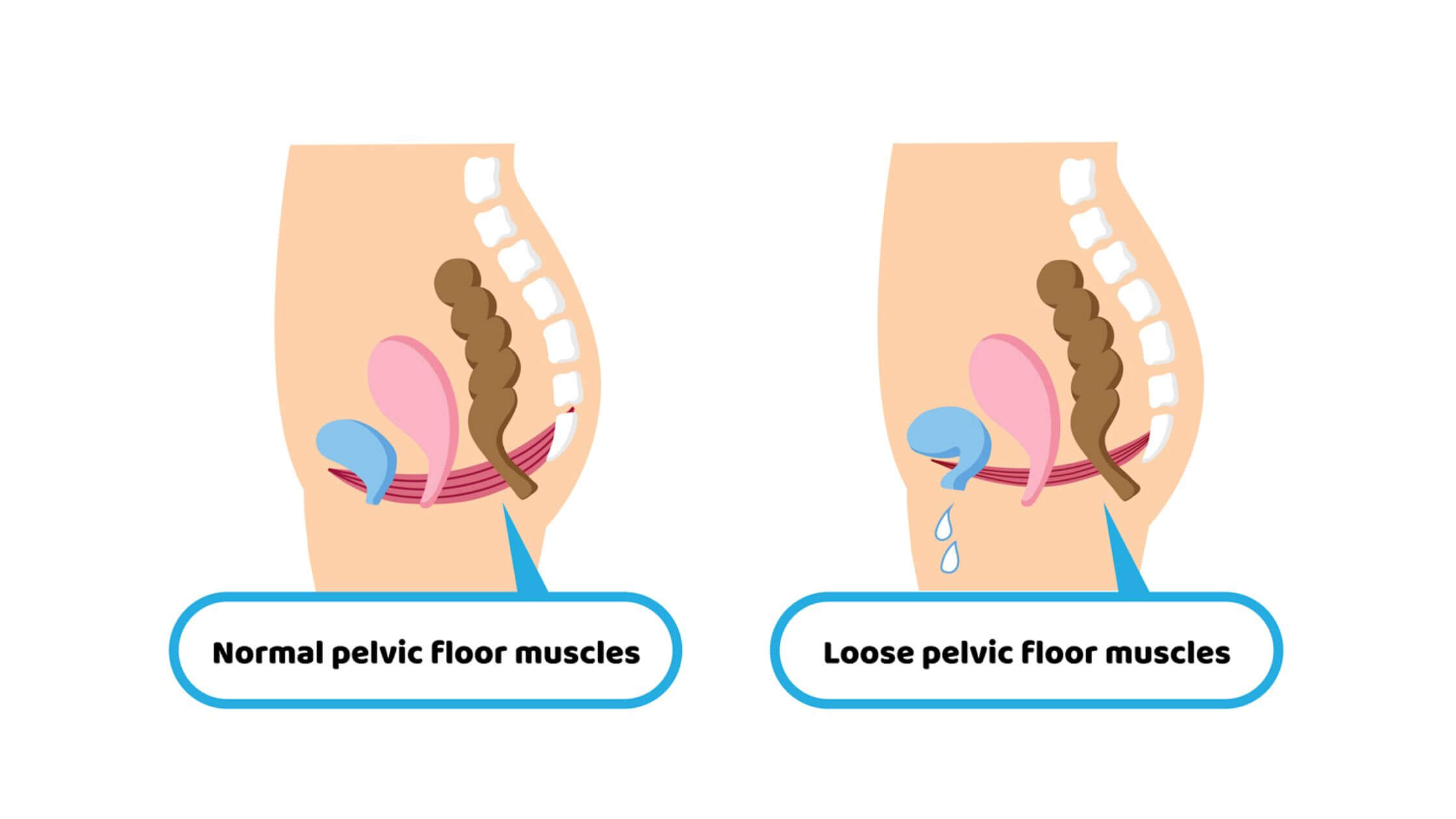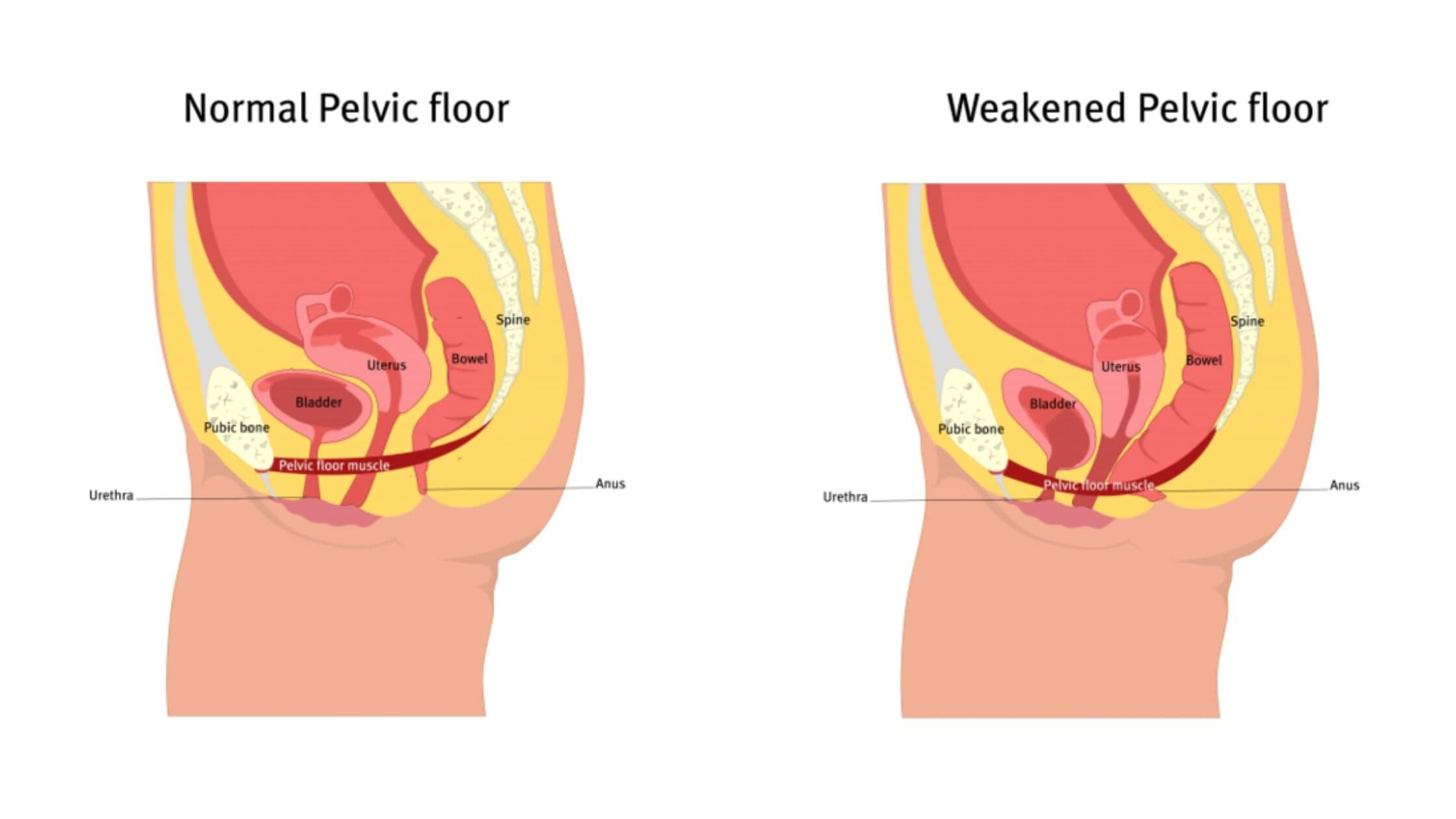Article
Pelvic Floor Therapy – Everything You Need To Know!

First of all, let’s come to an agreement – we all love therapy. At least most of us do. Be it of any kind, therapy is something we all look forward to at different times of our life due to the simple reason – it gives us relief from our ailments and bodily discontents. Therapy in itself is a blessing and a necessity to humanity.
Starting from that vantage point, let’s now place our efforts on understanding the world of Pelvic Floor therapy. What is it? How does it help? Can we do it at home? Relax. We’ll do that job for you by simplifying all the hard questions.
What Is Pelvic Floor Therapy?
Simply put, Pelvic Floor Therapy involves the use of physical therapy to provide a planned, efficient, and secure reconditioning of the pelvic floor muscles.
Also known and termed as Kegel exercises, the purpose of treatment is to reduce pain, weakness, and dysfunction in the pelvic floor muscles while also enhancing their strength and function.

In general, they are mainly used to help core stability and control over urination, bowel movements, and sexual function.
Applicable for both men and women, during the treatment, a qualified physical therapist accesses them through the rectum or vagina in order to increase the muscles’ strength and functionality during treatment.
If the muscles are short and contracted, the therapist may help to stretch them while building awareness of contraction and relaxation patterns; if the muscles are weak and dysfunctional, the therapist may use resistance to build strength.
When Do You Need Pelvic Floor Therapy?
Physical therapy for the pelvic floor is recommended as the initial course of treatment for many pelvic disorders.
In general, men and women who have weak pelvic floor muscles can perform exercises to enhance bladder and bowel control.
But more specifically, patients with low-tone or high-tone forms of pelvic floor dysfunction and associated pelvic floor muscle pain are the ones who should consider pelvic floor therapy.
However, pelvic floor muscle dysfunction may not always be the cause of pain in the pelvic area. The symptoms listed below could indicate a more serious condition:
- Blood in the feces or urine.
- Immense bleeding during periods.
- Irregular menstruation cycle.
- A burning feeling during urination.
- Severe cramps during the period
- Vomiting and Nausea
- Fever
- Unexpected vaginal discharge
- Chills
Contact your primary care doctor or gynecologist right away if you’ve been experiencing any of these signs.

If you have an infection or another condition that affects your reproductive, urinary, or gastrointestinal systems, you might require additional medical attention.
How Is Pelvic Floor Therapy Done? Techniques And Methods
The majority of pelvic floor therapy methods involve both internal and external treatment and are done by hand.
However, since internal therapy does not work for everyone, therapists typically take into account the needs of each individual patient and wait until the patient is prepared to start internal therapy.
Techniques used in external therapy include joint mobilization, deep tissue massage (myofascial release), trigger point therapy, and nerve release.
In order to perform trigger point therapy, internal techniques may entail using specialized instruments or inserting a finger through the rectum or vagina.
After that, the therapy is carried out by exerting pressure on a particular point or administering anesthesia injections into trigger points; the injections are given by a doctor or nurse practitioner rather than a physical therapist.
Physical therapy is not always necessary as a form of treatment. It can be given along with other types of pain relief, like Botox injections or muscle relaxants.
Mostly used techniques are classified into the below sections:
- Hands-on therapy: Physical therapists use stretches and manual massage to improve posture, mobility, and blood flow.
- Pelvic floor exercises: In relation to other muscles, patients learn to contract and relax their pelvic floor muscles. Additionally, they pick up breathing and timing strategies that improve the effectiveness of the exercises. The exercises are made to increase flexibility, strengthen weak muscles, and stretch tight muscles.
- Electric Stimulation: Patients are taught how to coordinate their muscle contractions using low-voltage electric current, which helps to lessen pain and muscle spasms. A therapist may administer the therapy in the clinic or give patients an electrical stimulation device to use at home.
- Biofeedback: A sensor pressure probe is inserted into the patient’s vagina or rectum to measure the intensity of the contractions. This will help the patient be aware of when you are contracting or relaxing their pelvic floor muscles.
- Vaginal dilators: Variously sized cylindrical objects are inserted into the vagina to stretch the pelvic floor muscles gently and allow them to unwind after insertion
- Patient Education: Not a technique to be exact, but patients are given more information about the anatomy of their pelvis and how various parts function separately and jointly. They discover how their habits and hygiene affect their symptoms.
Intended Targets Of The Pelvic Floor Therapy
Pelvic floor physical therapy is used to treat all conditions classified as pelvic floor dysfunction. Both hypotonic (low tone) and hypertonic pelvic floor dysfunction exist (high tone).
Muscle tone is the degree of tension that exists in a muscle at rest or when it is not contracted. Too little or too much tone in the pelvic floor muscles can lead to various types of pelvic floor dysfunction.
Low Tone Disorders: A muscle that has a low tone is looser and more relaxed than usual, making it difficult to actively contract it.

If your pelvic floor muscles are weak from the low tone and you have trouble actively contracting them, your core cannot be adequately supported, and your control over your bladder and bowel movements may be compromised.
Overactive bladder, Pelvic Organ Prolapse, Stress incontinence, and Anal incontinence are the main low-toned disorders that can be targeted by pelvic floor therapy.
High Tone Disorders: A highly toned muscle is tighter and more restricted than the average muscle. This frequently hurts when you try to stretch or relax the muscle.

When the pelvic floor muscles are overly tight due to high tone, you may experience pelvic pain, muscle spasms, as well as pain, and difficulty inserting during intercourse or a gynecological exam.
When it comes to the high toned disorders, Dyspareunia, Pelvic floor myofascial pain, Vaginismus, and Vulvodynia are the ones that the therapy can help with.
Preparations For Pelvic Floor Therapy: What To Expect?
You should attend for pelvic floor treatment wearing relaxed clothing that doesn’t impede your movement and that you can move your legs freely. Make sure your groyne and genital area are clean before your visit because your exam includes an internal component.
Similar to how the Pelvic Physical Therapist takes a medical history during your first physical therapy session. Many people send out questionnaires that must be completed prior to the session. Your therapist is researching your case, and you are welcome to do the same.

If your disease and surgical history are complicated, find out how much experience your therapist has with endometriosis.
While laparoscopic surgery may result in minor external scarring, the internal work is intricate.
Because the disease can cause anatomical distortion, treating endometriosis patients is different from treating the majority of other populations.
While you are at the clinic, try to find out how your therapist typically handles patients who have both endometriosis and a dysfunctional pelvic floor.
Also, bring all the necessary documents and prescriptions to the doctor like lists of the medication you are taking (if any), a prescription from a referring doctor (if required), and a Health insurance card.
Does Pelvic Floor Therapy Work?
Well, it’s natural for anyone to have mixed emotions or feelings especially when he or she is a newbie or hasn’t been into any kind of therapy; it’s all right.
Over the years, scores of people around the world opt for therapy to alleviate their pain and discontent. Having reduced side effects than lone medication and its role as a preventive measure for further troubles has contributed to its great success.
Pelvic physical therapy is very effective despite sounding strange and invasive. Although effectiveness depends on the severity of the condition being treated, patients experience a good success rate and an improved quality of life after treatment.
If to take the example of myofascial pelvic pain, about six to eight one-hour sessions are needed to treat over the course of a few weeks, though more time may be needed in more severe cases.
Moving on, to keep their issues under control, patients might also need to come back periodically for therapy.
Don’t Hide Or Resist Your Pelvic Pain
Pelvic floor dysfunction symptoms frequently worsen over time and can significantly lower your quality of life.
So if you or your dear ones are suffering from pelvic pain or any related symptoms, please don’t wait for too long.
By beginning pelvic floor physical therapy as soon as possible, you can help yourself regain control of your life by reducing pain and other symptoms.
In order to find out if there is a more serious condition underlying your pelvic symptoms, speak with your doctor if you have had chronic pain for longer than three months or issues with urination, bowel movements, or sexual function.
READ MORE: New Clinical Practise Recommendations For Prescribing Opioids For Pain- CDC
